Gimjinmoksam (김진목삼)
2.5Km 2021-03-23
51, Jahamun-ro, 1-gil, Jongno-gu, Seoul
+82-2-929-2929
This is a place where the staff directly grills pork that has been certified by Handon. This Korean dishes restaurant is located in Jongno-gu, Seoul. The representative menu is grilled pork shoulder.
Moguchon Sutbulgalbi (목우촌숯불갈비)
2.5Km 2021-03-18
49-1, Seonggyungwan-ro, Jongno-gu, Seoul
+82-2-3672-2867
This is a Korean cuisine located in Jongno-gu, Seoul. A restaurant serving charcoal-grilled meat. The best menu at this restaurant is grilled boneless beef ribs.
Doseong (도성)
2.5Km 2021-03-26
15, Jahamun-ro 7-gil, Jongno-gu, Seoul
+82-2-738-8885
Sujebi jjambbong (Korean spicy seafood noodle soup with hand-pulled dough) is also a popular menu. This restaurant's signature menu is noodles in black bean sauce. This Korean dishes restaurant is located in Jongno-gu, Seoul.
AL MATTO (알마또)
2.5Km 2021-03-30
41-1, Sinheung-ro, Yongsan-gu, Seoul
+82-2-794-4616
It is a place that sells Italian-style oven pizzas. This Western dishes restaurant is located in Yongsan-gu, Seoul. The representative menu is wood-fired pizza.
Velvet Moon (벨벳문)
2.5Km 2021-03-26
39, Jahamun-ro 5-gil, Jongno-gu, Seoul
+82-10-4028-9957
This coffee shop roasts coffee beans directly. This Korean dishes restaurant is located in Jongno-gu, Seoul. The most famous menu is espresso.
GOGHI (고희)
2.5Km 2021-03-26
17, Jahamun-ro 12-gil, Jongno-gu, Seoul
+82-2-734-4907
A good café to have a meal as it has a brunch menu as well as drinks. This cafe is located in Jongno-gu, Seoul. The representative menu is americano.
Programme de Temple Stay à Myogaksa (묘각사 산사체험)
2.5Km 2016-08-31
331, Jong-ro 63ga-gil, Jongno-gu, Seoul
+82-2-763-3109
Situé à l’est du mont Naksan à Jongno-gu dans la ville de Séoul, le temple Myogaksa offre aux citadins une chance de découvrir le programme Temple Stay. Depuis 2002, le temple Myogaksa propose un programme intitulé “Free from All Anxiety”, qui accueille un nombre croissant de visiteurs étrangers chaque année. De plus, vous pourrez découvrir la culture traditionnelle coréenne ainsi que l’histoire du pays grâce à des histoires captivantes.
Stay Passport – Sindang Ryokan (스테이 패스포트 신당 료칸)
2.6Km 2025-05-07
33, Nangye-ro 11-gil, Jung-gu, Seoul
Seochon Guest House [Korea Quality] / 서촌 게스트하우스 [한국관광 품질인증]
2.6Km 2023-04-07
28-3, Jahamun-ro 7-gil, Jongno-gu, Seoul
+82-010-3345-9680
Seochon Guest House is located in Seochon, which is becoming a hot place for tourists in Seoul, and precisely on the road to Suseong Valley, whichis filled with interesting stores and is also well-known for Park Nosoo Art Gallery and the House of Yun Dong-ju (poet). Seochon Guest House is nicknamed ‘Jaeminangol (interesting village)’ after Baekseok’s poem ‘Yeowunangol’, with the aim of providing a visit full of interesting experiences. Passing through a garden and entering the main building, the unique charm of this hanok building, the staircase to get to the first floor from daecheong (main floored room), catches the eye of the visitors. In addition, the building is decorated with various stylish objects including paintings and Korean musical instruments. The terrace situated on the first floor offers an open view of the surrounding area including roof tiles of hanok structures and alleyways in Seochon. It is said that Korean novelist Yoon Hu-myeong also appreciated the structure of the guesthouse, saying, “It is an interesting place.” Built in the 1930s, the house, which has many storage places, was taken by the owner couple in spring 2014 as they were attracted by the house during their trip to Seochon. After the repair work, the ground floor of the house was opened for guests from January 2016, hoping that guests could share their daily experiences and stories with each other. The guestrooms and the main floored room on the ground floor are open to guests, with the exception of the first floor, which is used by the owner couple. The living room is equipped with books, a curved TV, and a table. The tasty meal, which is served in the kitchen, consists of rice and soup with six side dishes and is much loved by guests. The guesthouse offers a total of four rooms – Jae Room, which is the most Korean-style room; Mi Room, which has a combined style of a Korean-style room and Western-style room; Nan Room, which is an ideal room for meditation with a beautiful paper window; and Ahn Room, which is equipped with a veranda and a pretty flowerbed. Every room has its separate charm with various comfortable bedding to provide a quiet and cozy bedroom for guests in the middle of the city. Furthermore, the guesthouse holds a pansori (epic chant) performance twice a year. The owner started learning how to sing pansori to promote the Korean culture and tradition to foreigners. When a pansori performance is held, the owner offers traditional Korean snacks and drinks including sikhye (sweet rice punch), sujeonggwa (cinnamon punch), traditional sweets and cookies, and tteok (rice cakes) to visitors, tourists, and performers. Moreover, it provides cultural programs such as a Gukak (Korean classical music) experience, Korean traditional clothes experience, and making Korean food experience, as well as other activities with guests, such as trip to the city wall between Inwangsan Mountain and Bugaksan Mountain, and the Royal Palace Tour to Gyeongbokgung Palace, etc., as well as a trip to a traditional market.
Temple Myogaksa (묘각사)
2.6Km 2018-12-25
31, Jong-ro 63ga-gil, Jongno-gu, Seoul-si
Le Temple Myogaksa est situé à l’est du Mont Naksan à Sungin-dong, Jongno-gu, Séoul. D’abord établi par le Moine Taeheo Hongseon en mai 1930, il s’est depuis élargi et a subi deux rénovations.
La localisation du temple fut basée selon les principes du Feng Shui, lesquels indiquent qu’un temple construit à cet endroit apporterait paix et confort aux résidents de Séoul. Le complexe contient un sanctuaire Daebul (Grand Bouddha), un sanctuaire Wontong, une salle de prêche Nakga, la grotte Seokgulam, Sanshingak (Pavillon de l’Esprit de la Montagne), ainsi que la statue de Mae Bouddha. Les sanctuaires Daebul et Wontong sont deux chefs d’oeuvres d’architecture bouddhiste. La statue de Bouddha, située dans la grotte Seokgulam, fut construite au 9 ou 10ème siecle et fut désignée trésor culturel national. Celle de Mae Bouddha fut taillée dans les falaises rocailleuses du Mont Naksan et fut désignée bien culturel de la ville de Séoul.
Depuis la Coupe du Monde de Football 2002, lorsque Myogaksa commença à opérer son programme de séjour au temple, il est devenu un endroit merveilleux où les touristes et locaux peuvent s’echapper de l’animée Séoul et découvrir la sérénité du Bouddhisme.
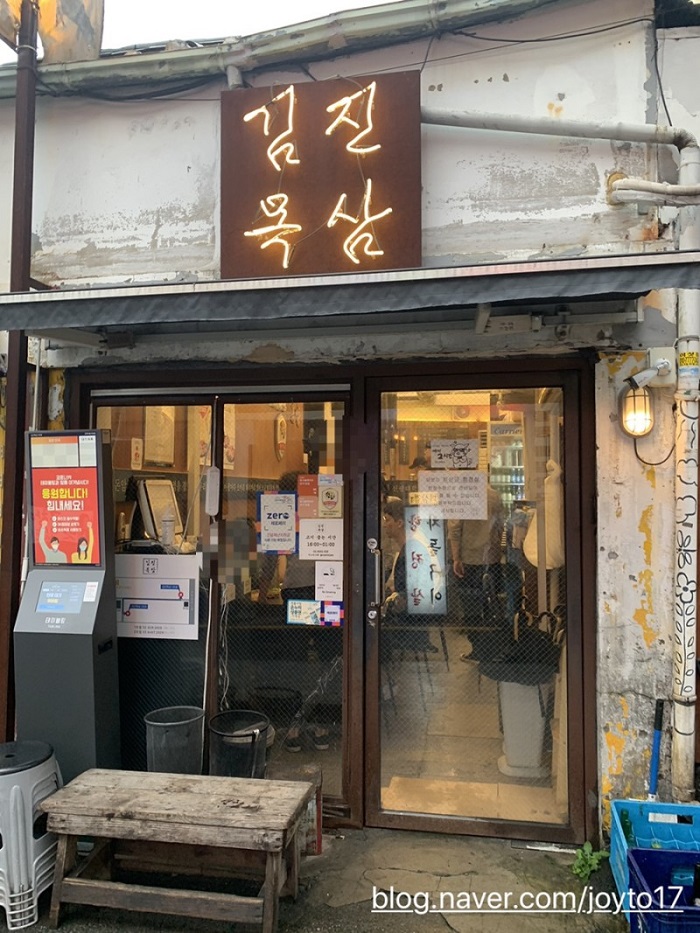
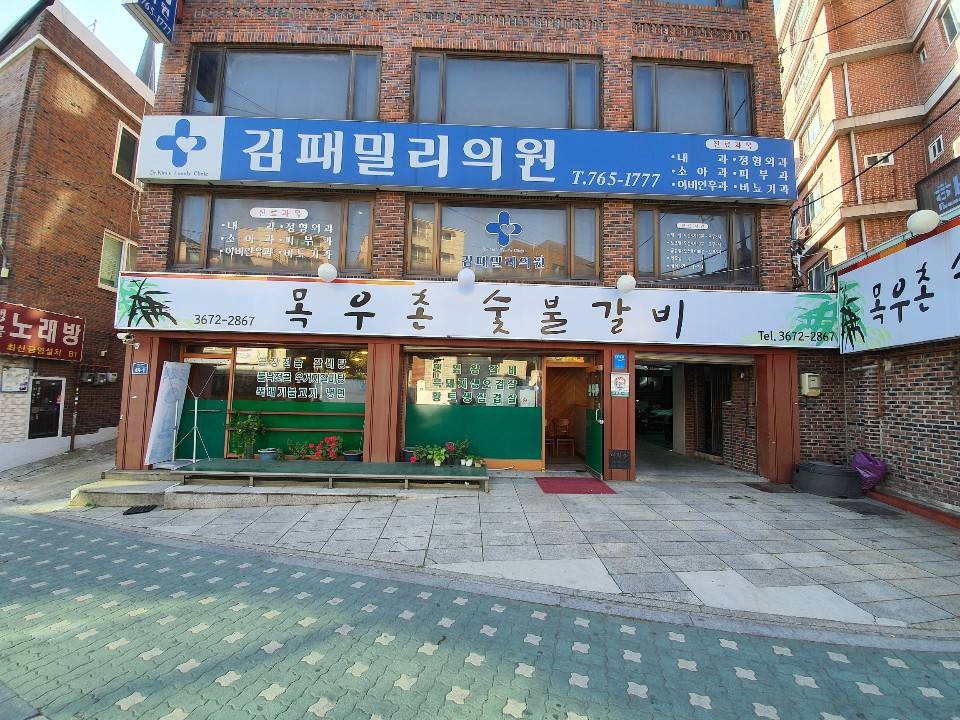
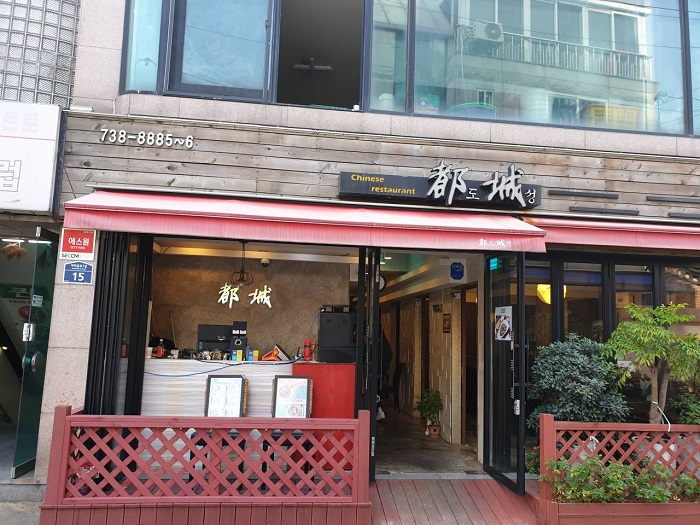
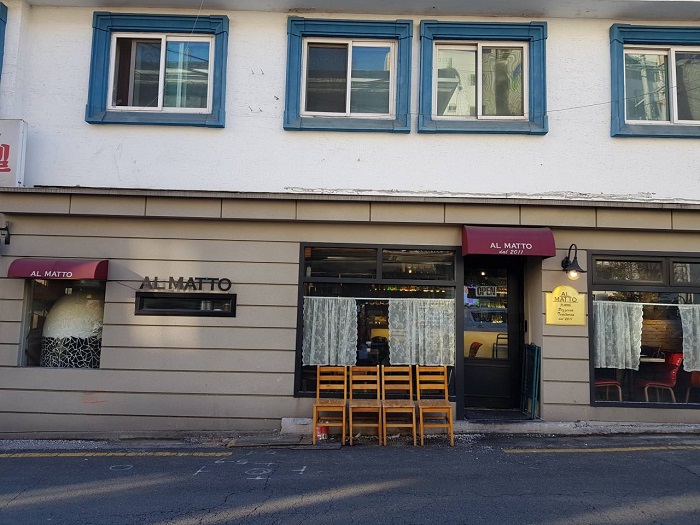
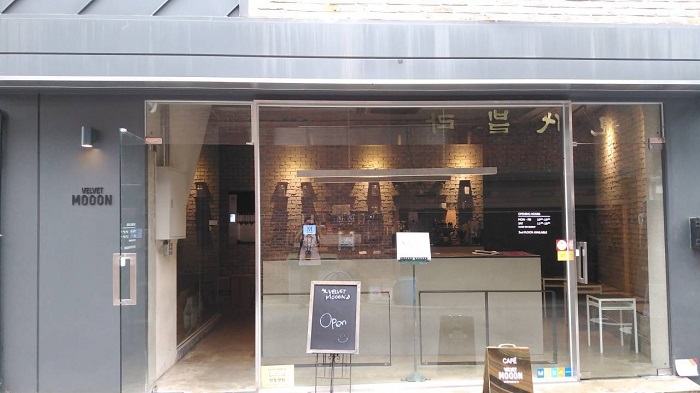
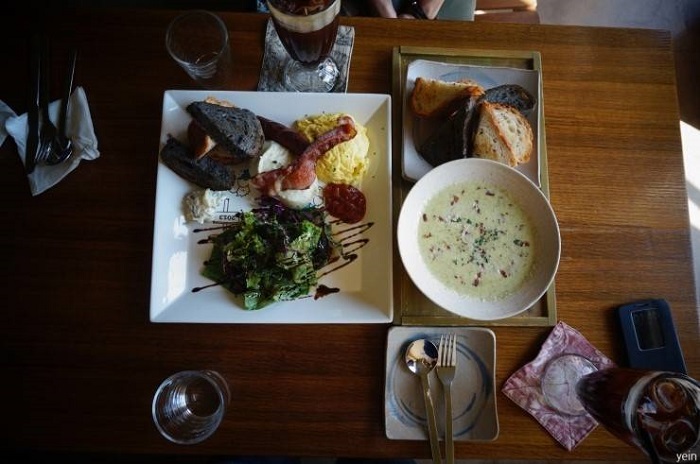
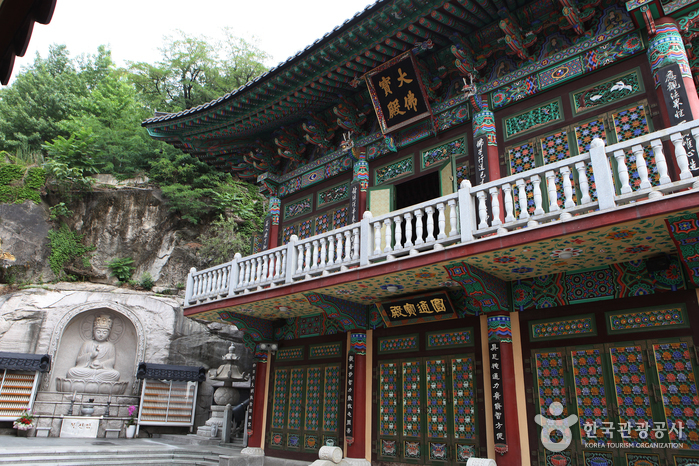
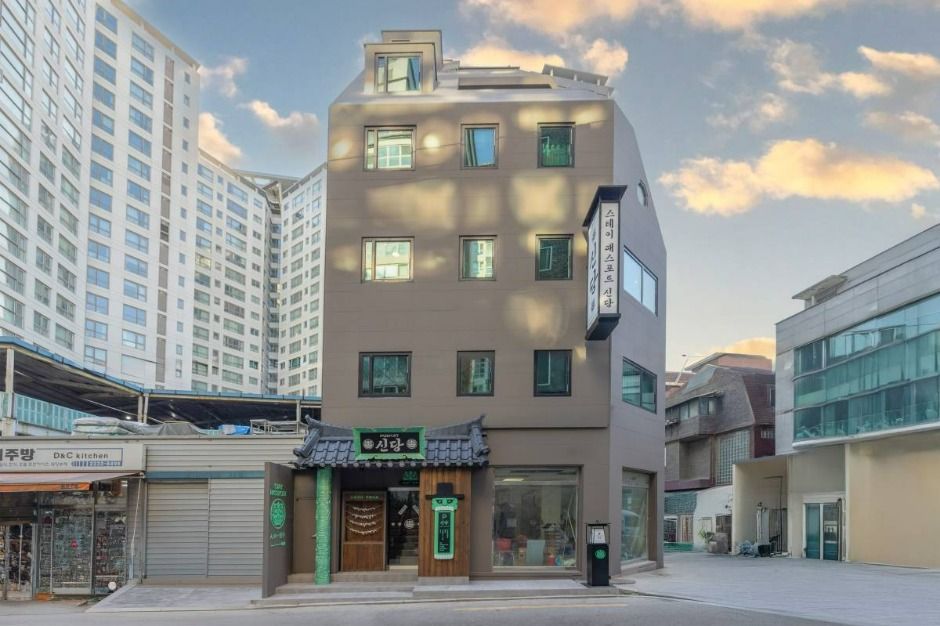
![Seochon Guest House [Korea Quality] / 서촌 게스트하우스 [한국관광 품질인증]](http://tong.visitkorea.or.kr/cms/resource/41/2447241_image2_1.jpg)
 Français
Français
 한국어
한국어 English
English 日本語
日本語 中文(简体)
中文(简体) Deutsch
Deutsch Español
Español Русский
Русский